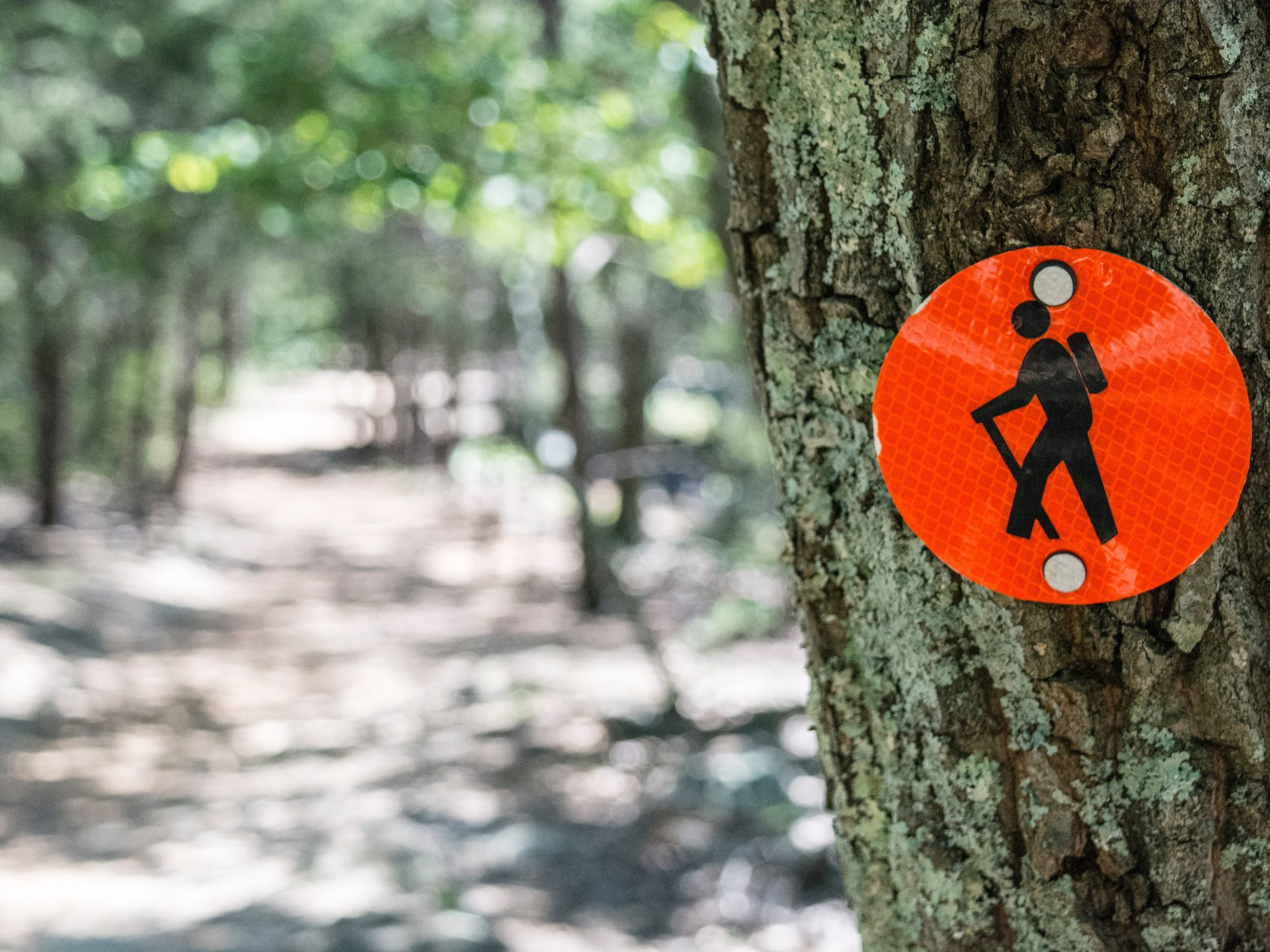Julie Moser, Granite State College
Creating a Personal Learning Project that Models Open Learning
As a faculty member at Granite State College, I’m fortunate to teach classes that have amazing students. They come from diverse backgrounds and bring their own experiences and passion for learning to our online learning environments. We share and learn together.
This year, I’m embracing a Personal Learning Project activity for one of my classes and I’ll be joining my students by completing my own alongside them to model the activity. I was inspired by one of our awesome Instructional Design Team members, Linda Kenney, who shared what she learned at the DT&L Conference in Wisconsin this summer from Dean Shareski.
I’m also intrigued by work being done within my University System of New Hampshire in the United States on Open Education Resources and Open Pedagogy. There are a slew of early OER/OP adopters, including Plymouth State University’s Robin DeRosa, who is the first person I know who dressed up in a Halloween costume to advocate for OERs and Open Pedagogy for student success. That’s devotion!
BUT WHY?
This question – inspired by the original Captain James Tiberius Kirk (Star Trek geek alert!) – shapes everything for me when it comes to teaching and learning. It’s a good question to ask, especially in this world of massive amounts of data, competing narratives, and a need to slow down and think about the appropriate use of new ed tech. So why learn how to use Flipgrid? Why, I’m glad you asked!
For me it’s about context. I teach fully online courses, so students access resources and communications when it’s convenient to them each week of the course. I’ve used a mix of text, audio, and video to convey concepts and provide feedback, but when it comes to weekly engagement with one another, my activities kinda stink.
No, really: I’ve been stuck in a pattern of using traditional forums for weekly interactions. Sure, sure – I create a mix of group work, choice activities, and encourage people to try out communicating in different ways – images, audio, video, etc. But usually? My online classes are still soaking in the tradition of typical text-based interactions. You write me, I’ll write you. Rinse, repeat.
Don’t get me wrong: there are some good reasons for me to be in this holding pattern. First and foremost is student access. For my students, there can be barriers to technology access, Internet speed issues, firewalls set up by employers, and the list goes on. The last thing I want to do is create a barrier to collaborative learning.
So what to do? Well, I’m going to learn how to create a Flipgrid assignment and document that learning as I go to make it visible. From the outset, Flipgrid seems like a possible way to shake up our weekly interactions, link to our personal learning projects, boost not just instructor presence but student presence, too, and develop and enhance video communication skills. The bonus? Because I’ll be sharing this adventure with my students as they undertake and share their own Personal Learning Projects, I’ll be able to get student feedback all along the way.
I need to learn what resources and skills I need to create an effective and accessible assignment. And I need patience, as demonstrated by the suspicion that I see multiple “takes” in my future as I learn how to develop this type of assignment. It will be an evolving process, and I hope that as my students see me learn from mistakes that they’ll be willing to take risks and share in ways they feel comfortable with. Where will it go? Well, I’m making my own learning visible, too, and you can check it out at: https://juliemoser.tumblr.com/
Photo by Callistus Ndemo on Unsplash
